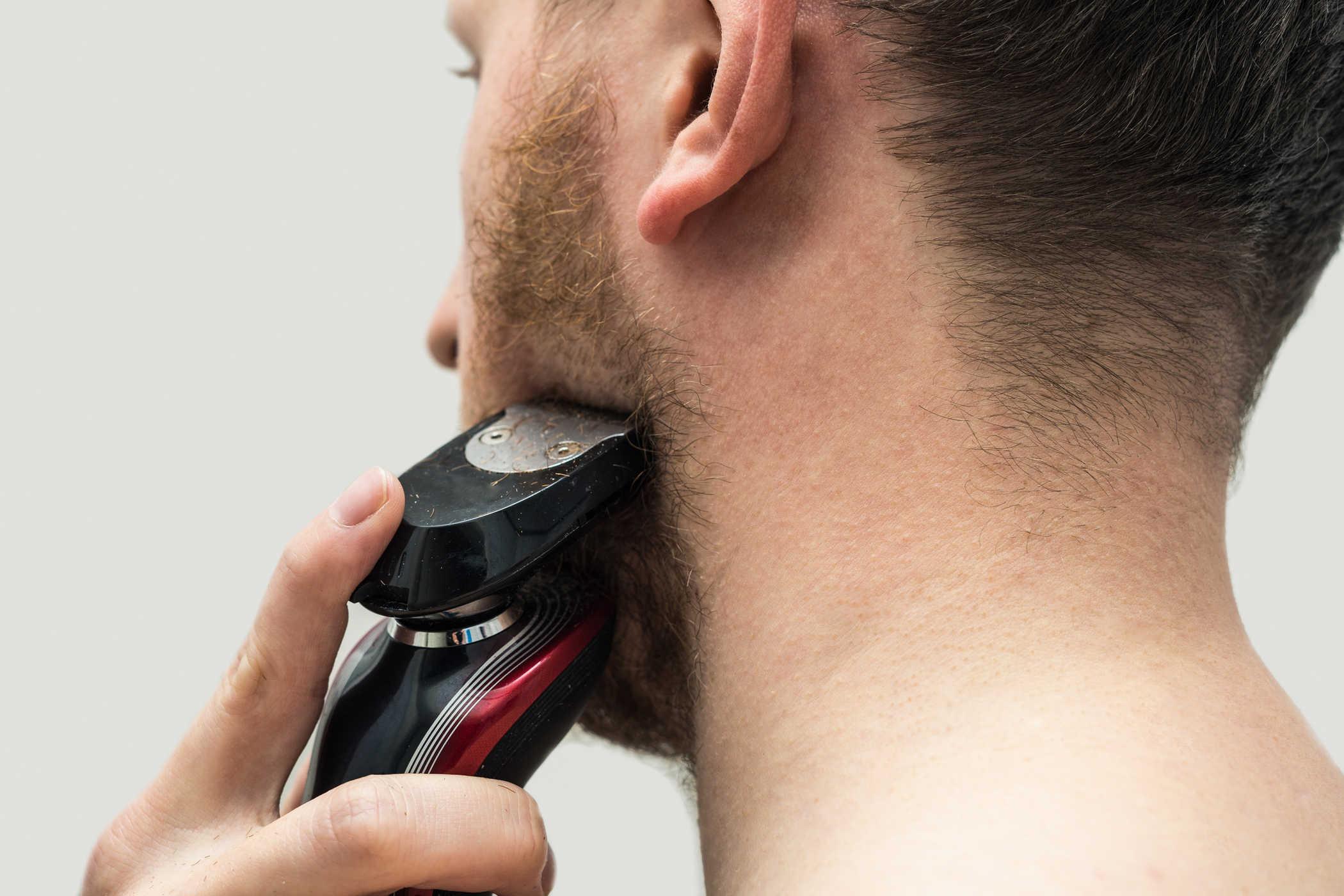4 Causes of Your Beard Uneven Growth (and How to Overcome It)
Having a beard, mustache, and dense sideburns are a dream for some men. It can't be denied, beards and mustaches can be their own attraction. However, growing a beard is not as easy as you think. Many men complain that beards and sideburns grow unevenly. Either because it only grows on the side of a particular face or because the beard gets bald in some parts.

What are the reasons for the uneven beard and how to work around it? Check out the answer below!
The cause of the beard is uneven
Just like the hair that grows on your head, the beard and sideburns of each person are different types and characteristics. Some grow thickly, some are very thin or don't even grow beards at all. This is caused by genetic or hereditary influences.
For example, men in your family tend to have thick beards. You have a greater chance of growing a beard. If your beard is uneven, you can also have a beard that is not even in your family. But besides genetic factors, there are several other reasons why your beard grows unevenly. Here are four possibilities and ways to overcome them.
1. Still in puberty
New beards, mustaches, and sideburns will start to grow when someone enters puberty. At this time, hair growth on the face is not perfect and neatly formed. This is why teenagers generally have mustaches, sideburns, and uneven beards.
Take it easy, usually, a new beard and mustache pattern will appear clearer and neater when you enter adolescence late or early 20s. In addition to heredity, hormonal factors also play an important role in the formation and pattern of your beard. Men who have high testosterone levels tend to have thicker beards and mustaches. While those of you who have low testosterone levels may find it difficult to grow evenly a beard.
2. Fungal infections (ringworm)
Note that your beard grows uneven in certain areas or certain bald circles appear in the area around the chin and jaw. You may have an infection caused by a fungus, or better known as ringworm. The bald area may also appear reddish, like pimples or boils.
Doctors will usually give you antifungal drugs in pill form that must be spent within four to twelve weeks. You may also be given special shampoo that can treat fungal infections.
3. Shave uneven beards
Shaving the beard basically won't affect the thickness of the growing beard. However, you might be less neat when shaving a beard. For example, there are parts that you do not shave flat like others, especially in the chin folds. When the beard grows again, the part that you don't shave to the end will become more dense. Other parts of the beard like under the chin will appear bald or thinner.
So, make sure you always shave beards, sideburns, and mustaches with a sharp razor. In the chin fold, shave towards the growth of your beard. If you want to form a beard, just wait until all the parts grow quite thick and even.
4. Alopecia (baldness)
If a bald area suddenly appears on your beard, you may have alopecia or baldness. This condition can also attack beards and sideburns, not just scalp. Baldness that appears usually looks healthy, not injured or reddish.
Until now the cause of alopecia is still being studied by experts. However, alopecia is thought to be strongly caused by an immune system disorder. In some cases, the bald beard will grow normally again without treatment. You can also ask for special medications to stimulate hair growth in your doctor.